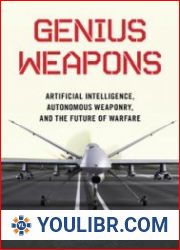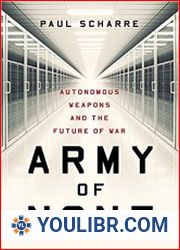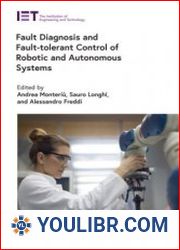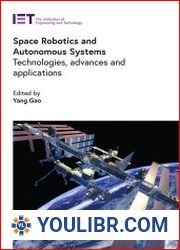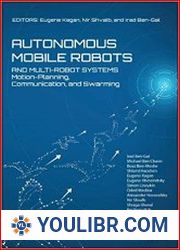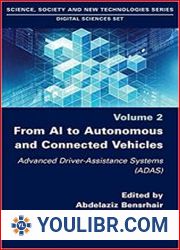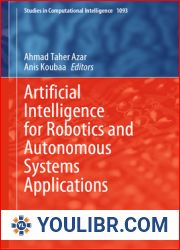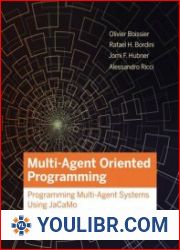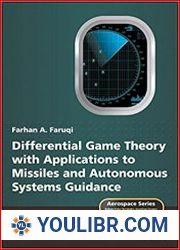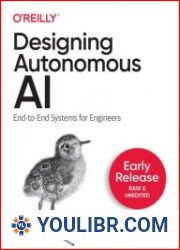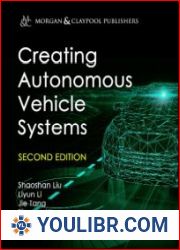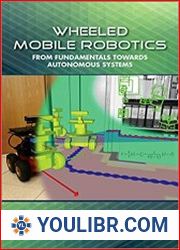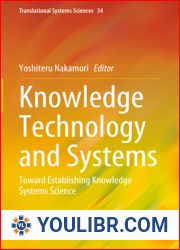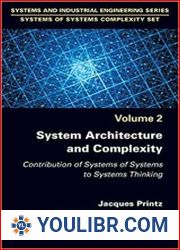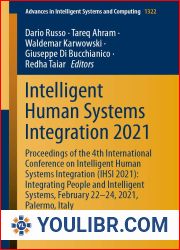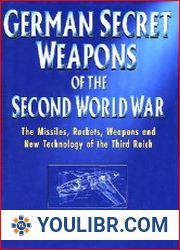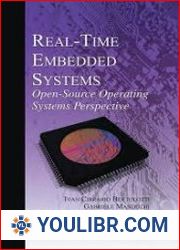
BOOKS - Autonomous Weapons Systems and the Responsibility of States Challenges and Po...


US $9.51

59399

59399
Autonomous Weapons Systems and the Responsibility of States Challenges and Possibilities
Author: Lutiana Valadares Fernandes Barbosa
Year: 2025
Number of pages: 256
Format: PDF
File size: 10.1 MB
Language: ENG
Year: 2025
Number of pages: 256
Format: PDF
File size: 10.1 MB
Language: ENG
The contemporary landscape of armed conflict is undergoing a profound transformation, marked by the escalating integration of Artificial Intelligence (AI) and Autonomous Weapons Systems (AWS) into military arsenals. This book reviews whether the existing framework in place can effectively address breaches in the context of Autonomous Weapons Systems. The work endeavors to map out the main gaps and some possible approaches to address them. Part I sets the ground. First, it provides a concept of AWS. Next, it discusses the accountability gap AWS generate and shows how the international community has put far more emphasis on individual responsibility rather than state responsibility. Part II analyzes the challenges AWS pose to the regime governing state responsibility under international law, as codified in the Draft Articles on State Responsibility (ARSIWA). Slijper, Beck and Kayser, affirm that “Lethal autonomous weapon systems are weapons that can select and attack individual targets without meaningful human control. This means the decision on whether a weapon should deploy lethal force is delegated to a machine. This development would have an enormous effect on the way war is conducted and has been called the third revolution in warfare, after gunpowder and the atomic bomb.” Most of the discussed definitions converge that AWS can select and engage targets without human intervention, can gather and analyze information, and use force autonomously. The Future for Life Institute also envisions autonomy as a task-oriented and explicit AI feature by defining AWS as “weapon systems that use Artificial Intelligence (AI) to identify, select, and kill targets without human intervention.” It is AI that makes AWS’s decision-making process possible because it enables the devices to pursue the entire OODA loop autonomously, especially when analyzing data and opting for a course of action.













